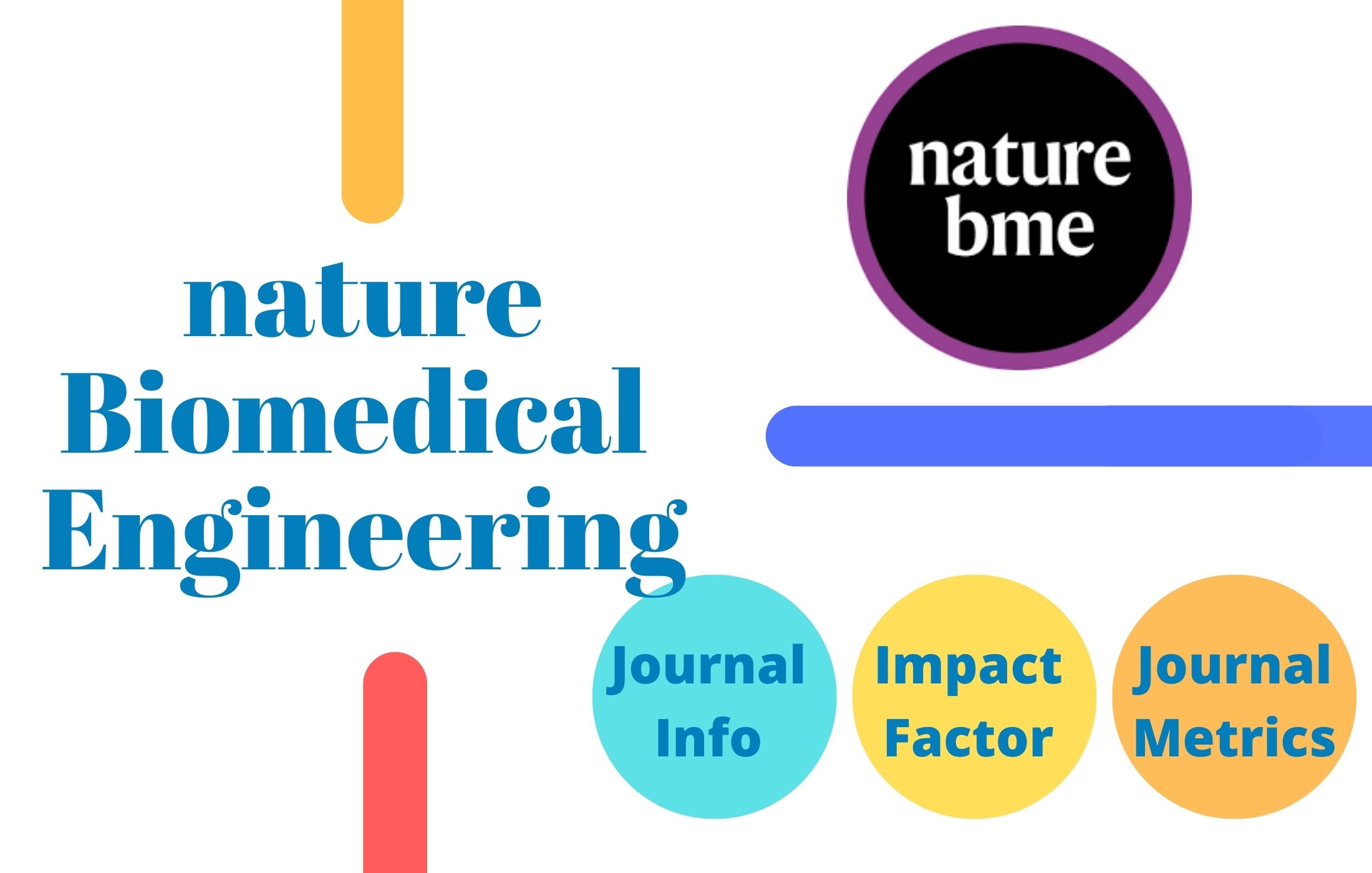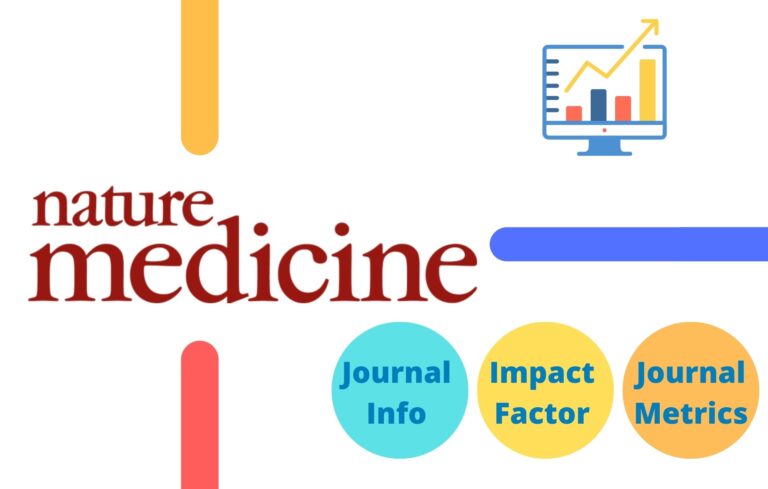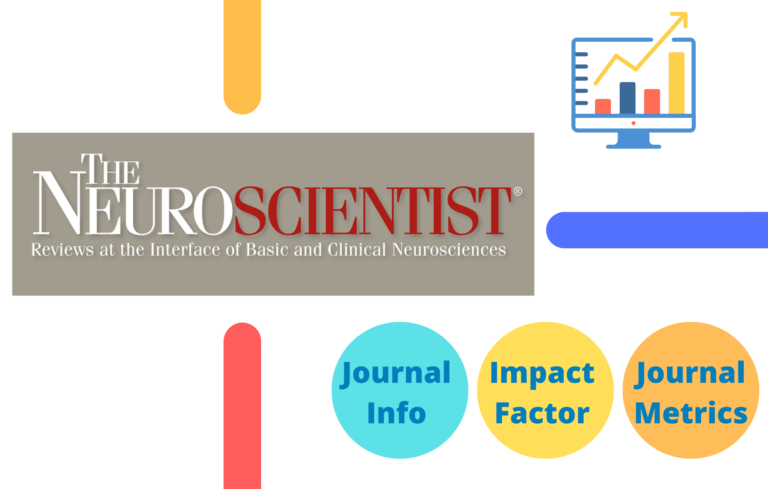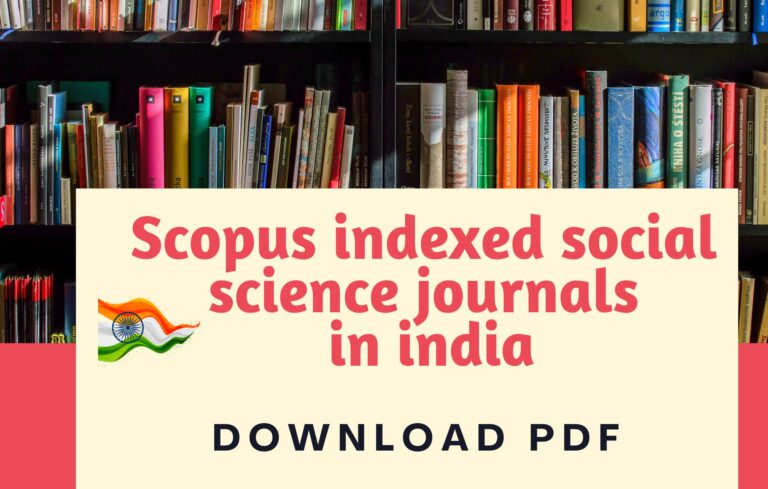Here in this post, apart from Nature Biomedical Engineering Impact Factor, I have tried to compile all the necessary information a research scholar would seek before publishing an article in the journal.
About Nature Biomedical Engineering Journal
Nature Biomedical Engineering is an online-only monthly journal publishing original research, reviews and commentary of high significance to the biomedical engineering community
It was launched in 2011 and is published by nature portfolio.
Nature Biomedical Engineering Impact Factor
Impact Factor (IF) or often called journal impact factor (JIF) is an index provided by an analytics company named Clarivate. The impact factor is calculated by dividing the number of times the articles are cited in the last two years by the total number of publications in those two years.
- Total Citations in 2020 and 2021 = 500
- Total Number of Publications in 2020 and 2021 = 100
- Impact Factor of the Journal in 2022 = 500/100 = 5
Nature Biomedical Engineering Impact Factor (2018-2022)
- Nature Biomedical Engineering Impact Factor 2018 – 17.135
- Nature Biomedical Engineering Impact Factor 2019 – 18.952
- Nature Biomedical Engineering Impact Factor 2020 – 25.671
- Nature Biomedical Engineering Impact Factor 2021 – 29.234
- Nature Biomedical Engineering Impact Factor 2022 – 28.1 (updated 29 June 2022)
Nature Biomedical Engineering Impact Factor 2022
Nature Biomedical Engineering H-index
The h index is a metric for evaluating the cumulative impact of an author’s scholarly output and performance; measures quantity with quality by comparing publications to citations.

The h index of Nature Biomedical Engineering Journal is 75, which means among all the published articles in this journal, 75 of these publications have received at least 75 citations each.
Nature Biomedical Engineering Journal Metrics
Nature Biomedical Engineering CiteScore
CiteScore (CS) of an academic journal is a measure reflecting the yearly average number of citations to recent articles published in that journal.
Nature Biomedical Engineering SCImago Rank
The SCImago Journal Rank (SJR) indicator is a measure of the scientific influence of scholarly journals that accounts for both the number of citations received by a journal and the importance or prestige of the journals where the citations come from.
| Year | SCImago Journal Rank (SJR) |
|---|---|
| 2018 | 4.974 |
| 2019 | 5.887 |
| 2020 | 5.961 |
| 2021 | 5.635 |
Nature Biomedical Engineering Editorial Board Members
Below are the latest editorial board members of Nature Biomedical Engineering
Editor-in-chief – Pep Pàmies
Senior Editor – Michelle Korda
Associate Editor – Filipe Almeida
Nature Biomedical Engineering Publication Fee
Nature Biomedical Engineering is an open-access journal. The APC to publish Gold Open Access in Nature Biomedical Engineering is €9,500.
Nature Biomedical Engineering Review Time
Nature Biomedical Engineering prioritizes rapid publication and uses single-blind peer review, which is standard across Cell Press journals.
| Initial decision to review | 7 days after submission |
| Revision of the manuscript | 52 days to first decision |
| Final decision | 144 days from submission to acceptance |
Nature Biomedical Engineering Reference Style
Nature Biomedical Engineering, uses the standard Nature referencing style.
For long-form manuscripts such as Articles, Letters, Review Articles, Perspectives and Progress Articles, titles of cited articles are required.
Example: Eigler, D. M. & Schweizer, E. K. Positioning single atoms with a scanning tunnelling microscope. Nature 344, 524–526 (1990).
For shorter article types such as Commentaries or News & Views, titles of cited articles are not included.
Example: Iijima, S. Nature 354, 56–58 (1991).
For book citations, the publisher is required.
Example: Jones, R. A. L. Soft Machines: Nanotechnology and Life Ch. 3 (Oxford Univ. Press, 2004).
Data and code may be cited in the reference list if they have been assigned DOIs and should include authors, title, publisher (repository name) and DOI expressed as a URL.
Example: Hao, Z., AghaKouchak, A., Nakhjiri, N. & Farahmand, A. Global Integrated Drought Monitoring and Prediction System (GIDMaPS) data sets. figshare http://dx.doi.org/10.6084/m9.figshare.853801 (2014).
To cite a preprint
Example: Babichev, S. A., Ries, J. & Lvovsky, A. I. Quantum scissors: teleportation of single-mode optical states by means of a nonlocal single photon. Preprint at https://arXiv.org/quant-ph/0208066 (2002).
Nature Biomedical Engineering Endnote Style
You can download the Nature Biomedical Engineering Endnote Style and Nature Biomedical Engineering Zotero Style
Nature Biomedical Engineering Abbreviation
The ISO 4 standard abbreviation for abstracting, indexing and referencing purposes of Nature Biomedical Engineering is “Nat. Biomed. Eng.“
Nature Biomedical Engineering Acceptance Rate
The acceptance rate of a journal is the ratio of the number of articles submitted to the number of articles published.
Nature Biomedical Engineering is editorially independent; its editors make their own decisions, independently of other journals from Nature Research.
The average acceptance rate of Nature Biomedical Engineering journal is not known.
Nature Biomedical Engineering Indexed in
Science is indexed in Scopus, SCImago, Web of Science, and UGC journal ranking




Read More









